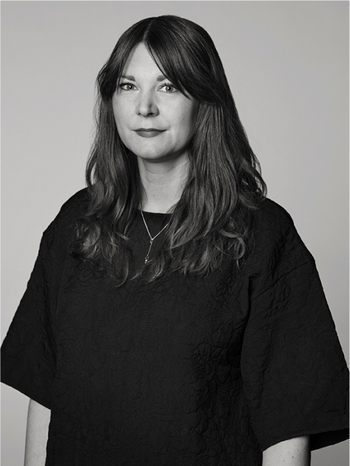Gustaviansk
A giltwood Gustavian mirror, Stockholm, late 18th Century.
Gilded, bronzed, and painted. Crowned with a decoration of a wheat sheaf and ribbon bow above an antiqued medallion, framework decorated with ribbon braid and beaded rod. Back panel with inventory marking. 147 x 60 cm.
Wear. Renovated. Later mirror glass. Minor decor losses.
Designer
The Gustavian era fell between 1775 and 1810. The furniture then takes on, in contrast to Rococo, a more restrained contour. The legs become straighter and tapered, the colours become softer in mostly grey-green and grey-blue tones. Typical to the Gustavian time is intarsia, inlays with medallions and classical borders. The chairs backrests are often straight spindles or a curved bundle of spindles, with the finer chairs have a padded back with a rosebud decoration at the top. A significant detail is the flower, "fleuron", which is often found in corner ornaments, leaf scroll decoration, and festoons of leaves, flowers, or fruits. Between the years of 1785-1810 is commonly known as the late-gustavian era and is known for its rigid clacissism. Rich intarsia decoration was replaced by smooth, dark mahogany with elegant brass fittings and moldings.
Read more







































